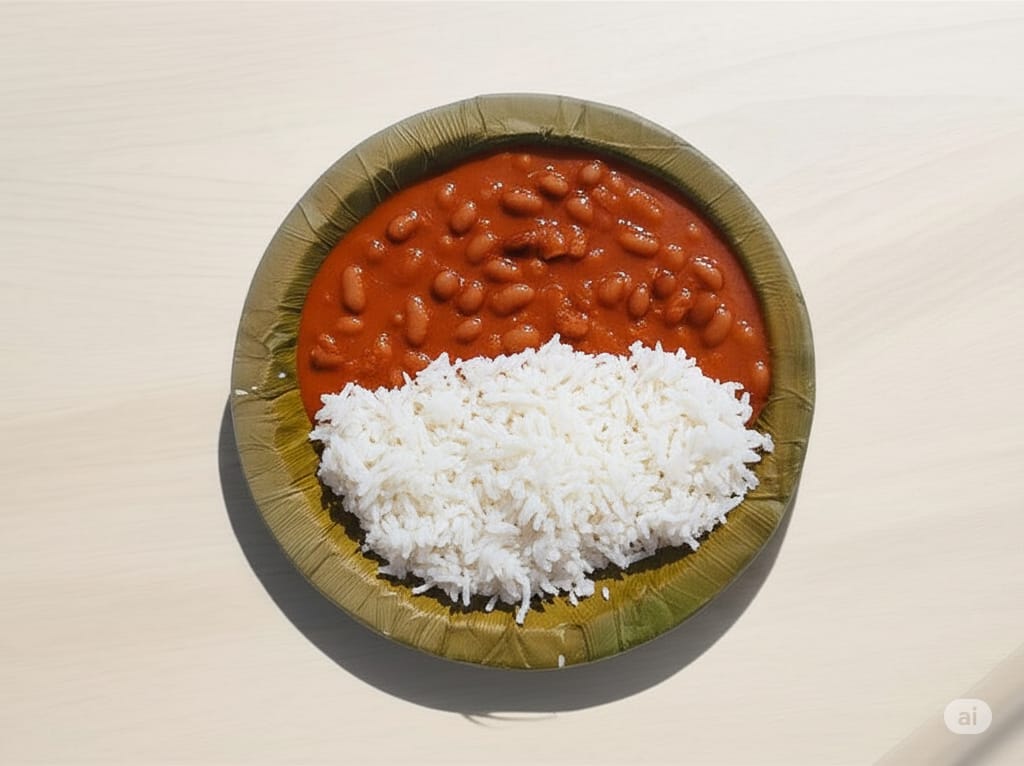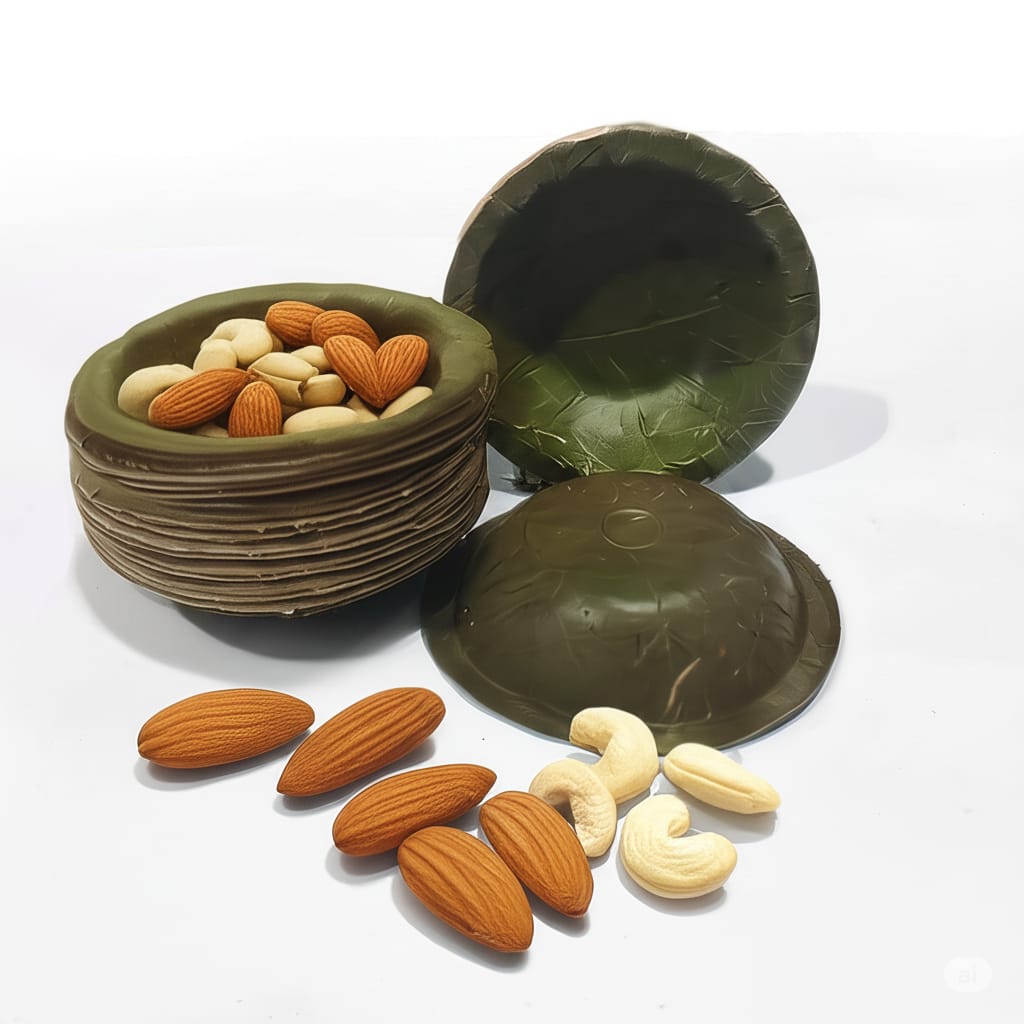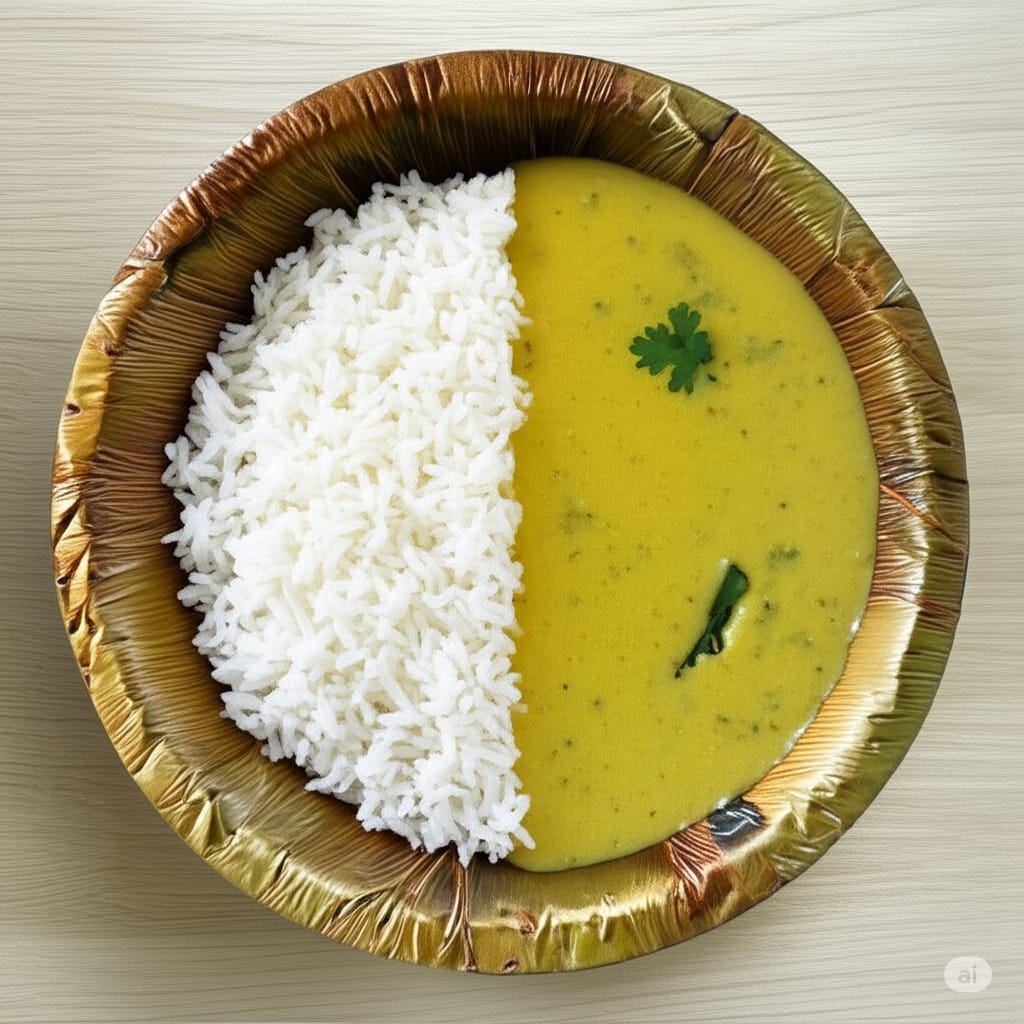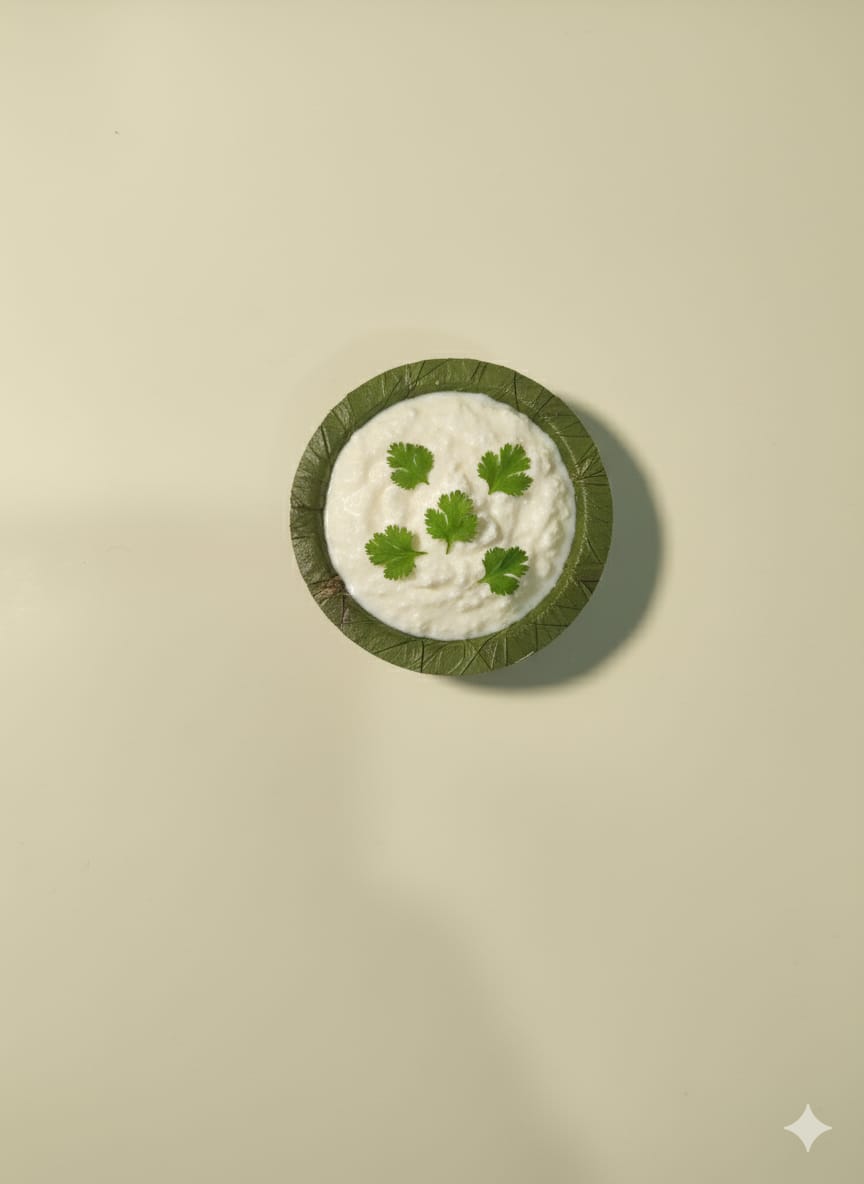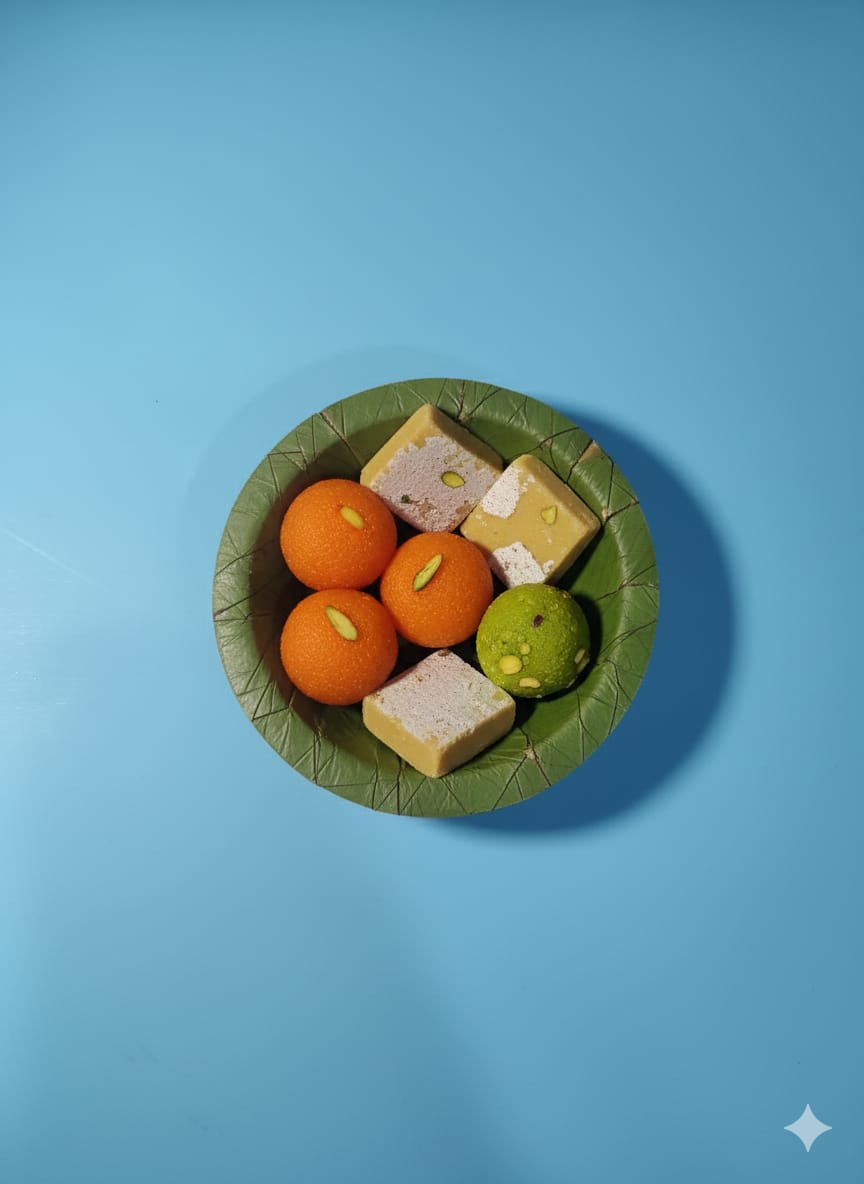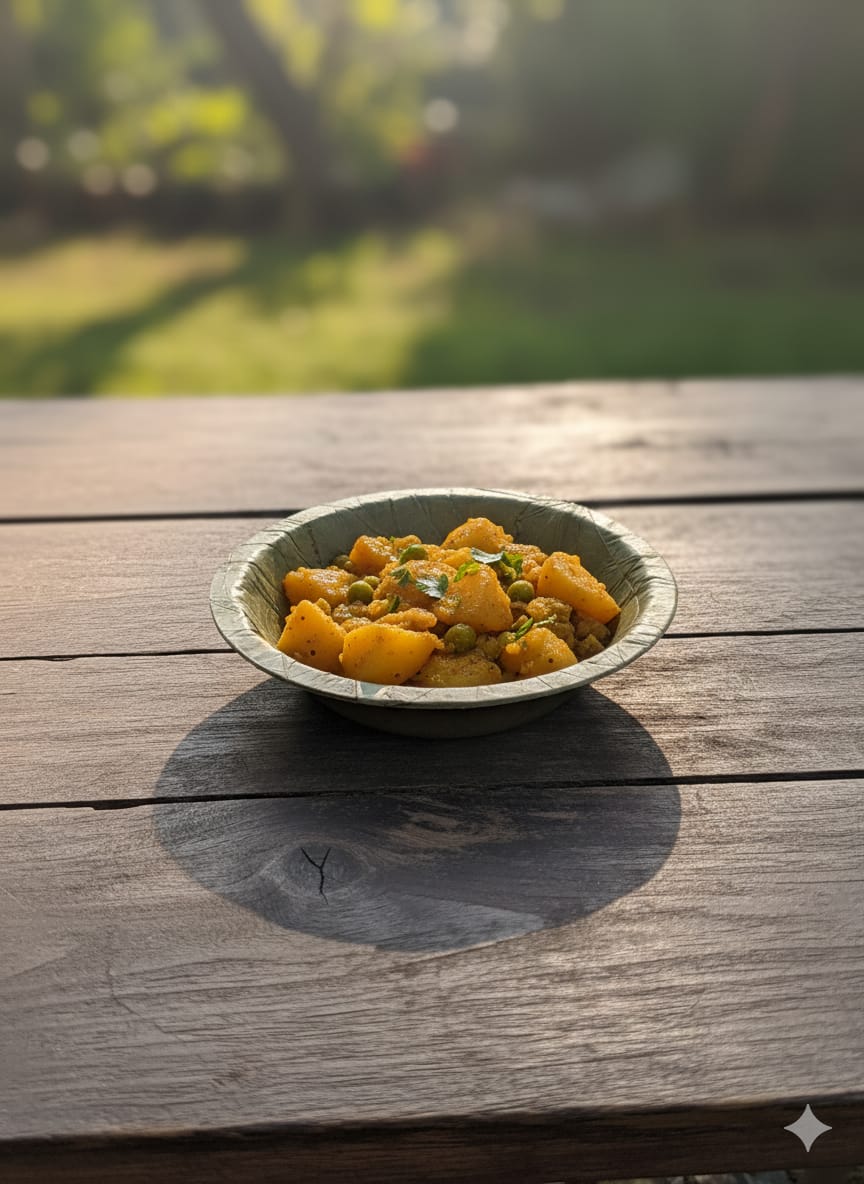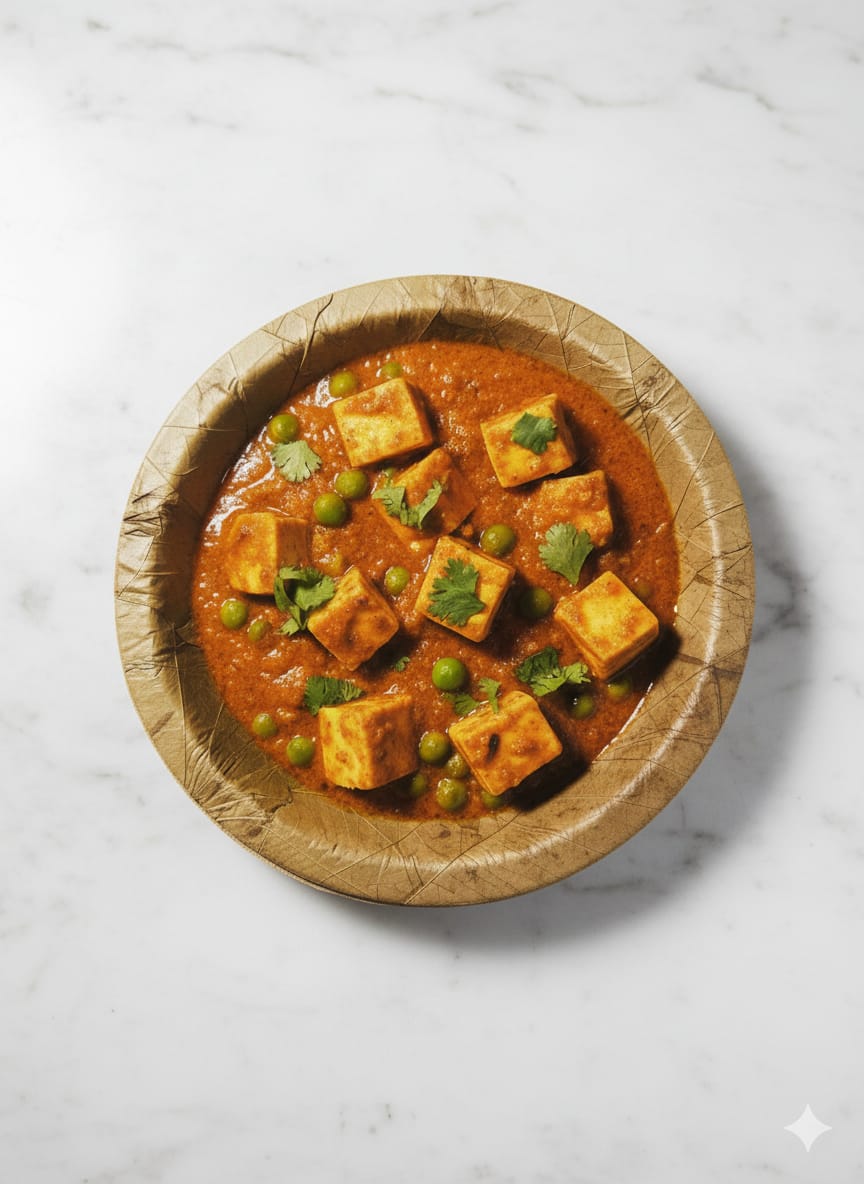Blogs

Say Goodbye to Poisoned Plates: The Organic Food Awakening
Your food may look fresh. Your veggies might shine. But what you're really eating — day in, day out — is often laced with invisible poison. India ranks among the top pesticide-using countries in the world. Fruits, vegetables, and grains are sprayed heavily — sometimes even after harvest to keep them “fresh” in transport. And no, rinsing them in water doesn’t remove the problem. These chemicals go deep — into the skin, the pulp, the roots. What does that mean for your plate? Your apple may carry pesticide residues that mess with your hormones. Your rice could hold traces of chemicals linked to cancer and reproductive issues. Your "healthy salad" might be silently damaging your gut flora. We’re not talking about one bad batch. We’re talking about daily exposure, layered over years. It's not the dirt on your food that’ll kill you. It doesn’t hit you like food poisoning. It doesn’t show up overnight. But make no mistake — conventional food is a slow, steady wrecking ball. The pesticides, preservatives, and synthetic fertilizers used in large-scale farming aren’t just bad for the soil — they’re creeping into your bloodstream. And they don’t leave quietly. Hormonal disorders — irregular periods, thyroid dysfunction, low testosterone Gut damage — bloating, IBS, chronic fatigue Fertility issues — lower sperm count, PCOS, miscarriages Early aging — skin conditions, hair thinning, bone weakness Neurological risks — memory loss, anxiety, learning issues Even the World Health Organization has flagged pesticide exposure as a contributing factor in cancer, endocrine disruption, and developmental delays. We’re not talking scare tactics — we’re talking what the food system doesn’t want you to think about. The problem isn’t eating “unhealthy” once in a while. If adults are at risk, kids are ground zero. Their bodies are still growing. Their organs are still forming. Their immune systems are still learning to fight. Which means even a small amount of chemical exposure can do long-term damage. Non-organic milk: Often contains hormones and antibiotic residue — it messes with development Polished fruits: Apples, grapes, and guavas are wax-coated or sprayed post-harvest Packaged snacks: Laced with preservatives and artificial flavors that disrupt gut and brain health And since children eat more food per kilo of body weight than adults, the damage hits them harder — and earlier. We're seeing the results already: A spike in early puberty Behavioral issues and focus disorders Food allergies becoming the norm, not the exception Let’s be clear: This isn’t just about junk food. And kids don’t get to choose. We do. For years, “organic” was seen as a luxury — something only the rich or the obsessed could afford. That’s changing fast. Across cities in India, families are waking up. They’re reading labels. Asking questions. Visiting farmers' markets. Saying no to the shiny apple that’s sprayed to death — and yes to the scarred one that’s actually clean. This isn’t about trends. It’s about trust. People are tired of being sold “fresh” that’s chemically preserved. Of being told their food is safe when their bodies say otherwise. The shift is coming from the ground up — literally. Urban parents are switching to organic milk and grains Young professionals are growing herbs at home Local farmers are returning to natural practices because buyers are finally asking for it And it’s not just elite metros. Tier-2 cities, small towns, even villages are seeing the rise of local organic co-ops, zero-pesticide kitchen gardens, and direct-to-consumer models. The awakening isn’t loud. “Organic is too expensive.” That’s the line you hear the most — and the line that keeps people stuck. But here’s the truth: It’s not expensive. You’re just not counting the right costs. Let’s do the math. You skip the ₹80 organic tomatoes and buy the ₹45 sprayed ones. Great. You saved ₹35 today. Gut meds Allergy treatments Fertility tests Doctor visits for chronic fatigue, migraines, mood issues Now tell us what really costs more. Meanwhile, local organic options are growing — literally. Farmer markets, direct delivery, subscription boxes — all cutting out middlemen and supermarket markup. Many staple items like grains, pulses, and ghee are barely more expensive than regular ones — if you buy smart. This isn’t about going 100% organic overnight. The question isn’t: “Can I afford organic?” Going organic doesn’t mean blowing up your grocery bill overnight. It means starting smart and
The Silent Poison on Your Plate
It's the "clean" chemical residue you can’t see — and haven’t been told about.Slow Death: What Conventional Food Is Doing to Us
Here’s what long-term exposure is linked to:
The problem is thinking you're eating clean when you're actually not. Children Are the First to Fall
What’s really happening?
It’s about regular, everyday food that looks safe — but isn’t.The Organic Awakening Is Real
But it’s real.
And it’s spreading one clean plate at a time.Price vs Cost: The Myth of Expensive Organic
But over the next few years, you’re spending on:
It’s about flipping your mindset from cheap to clean.
The question is: Can I afford not to? How to Start Eating Clean Without Breaking the Bank









